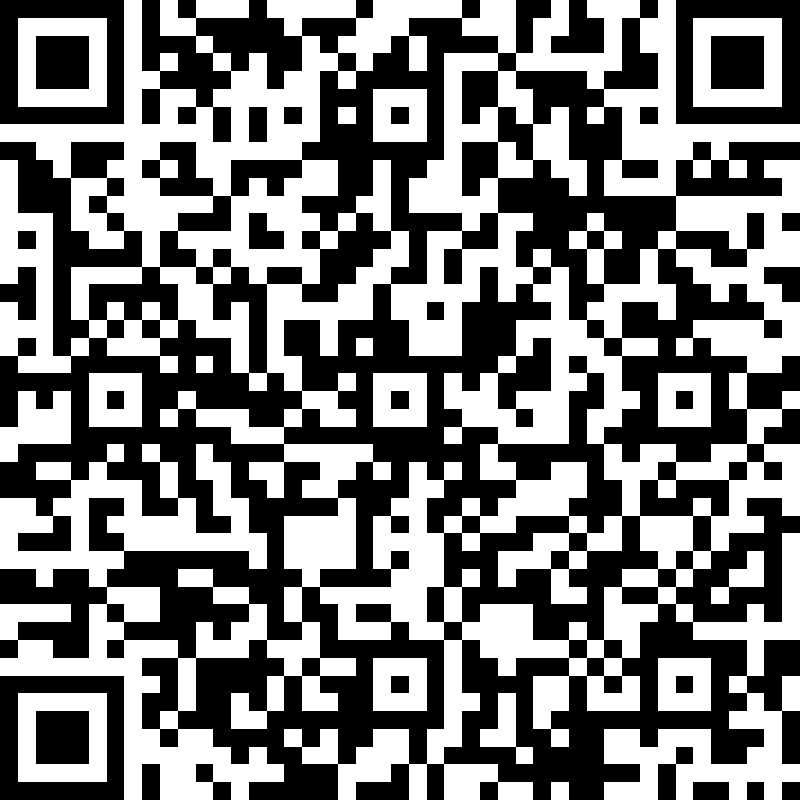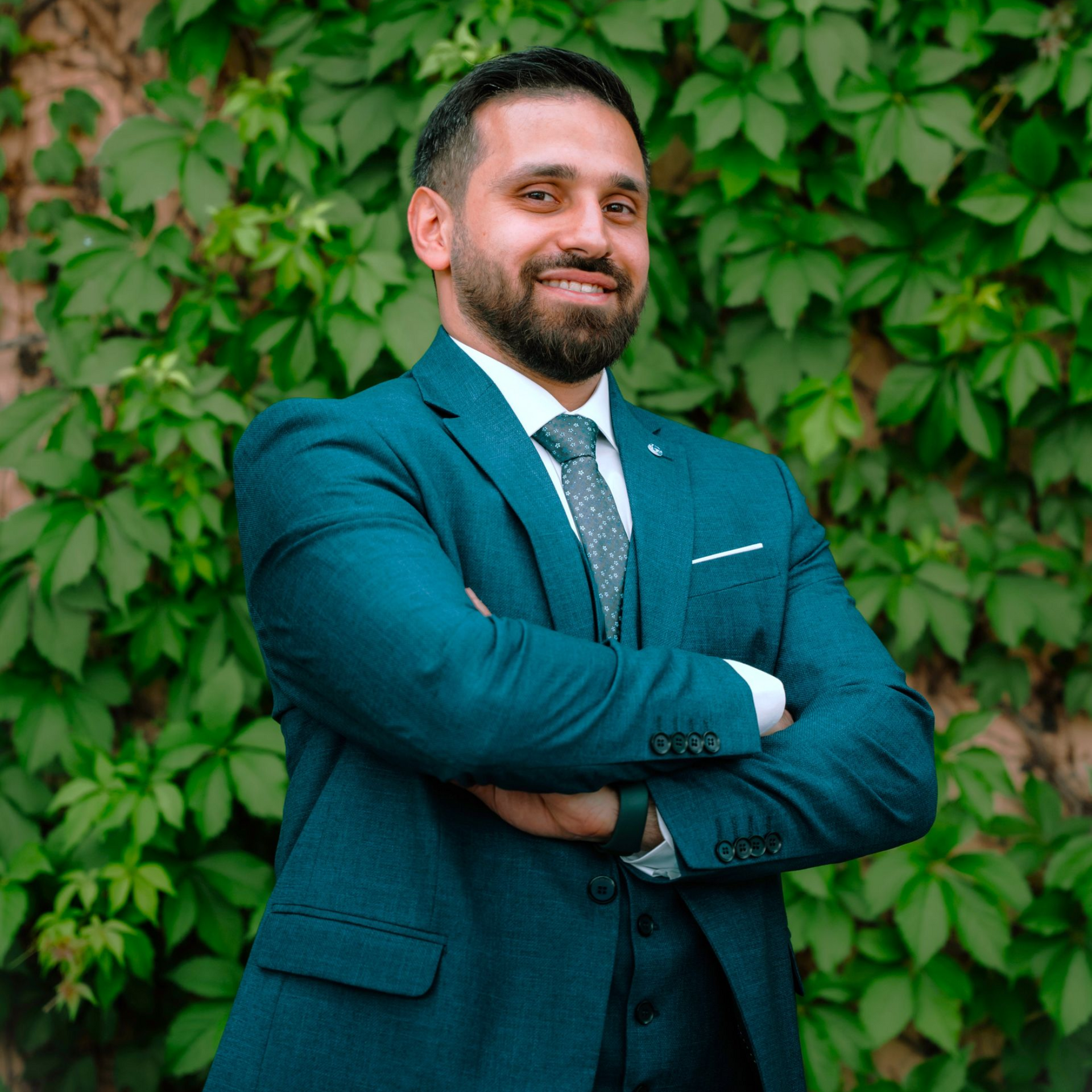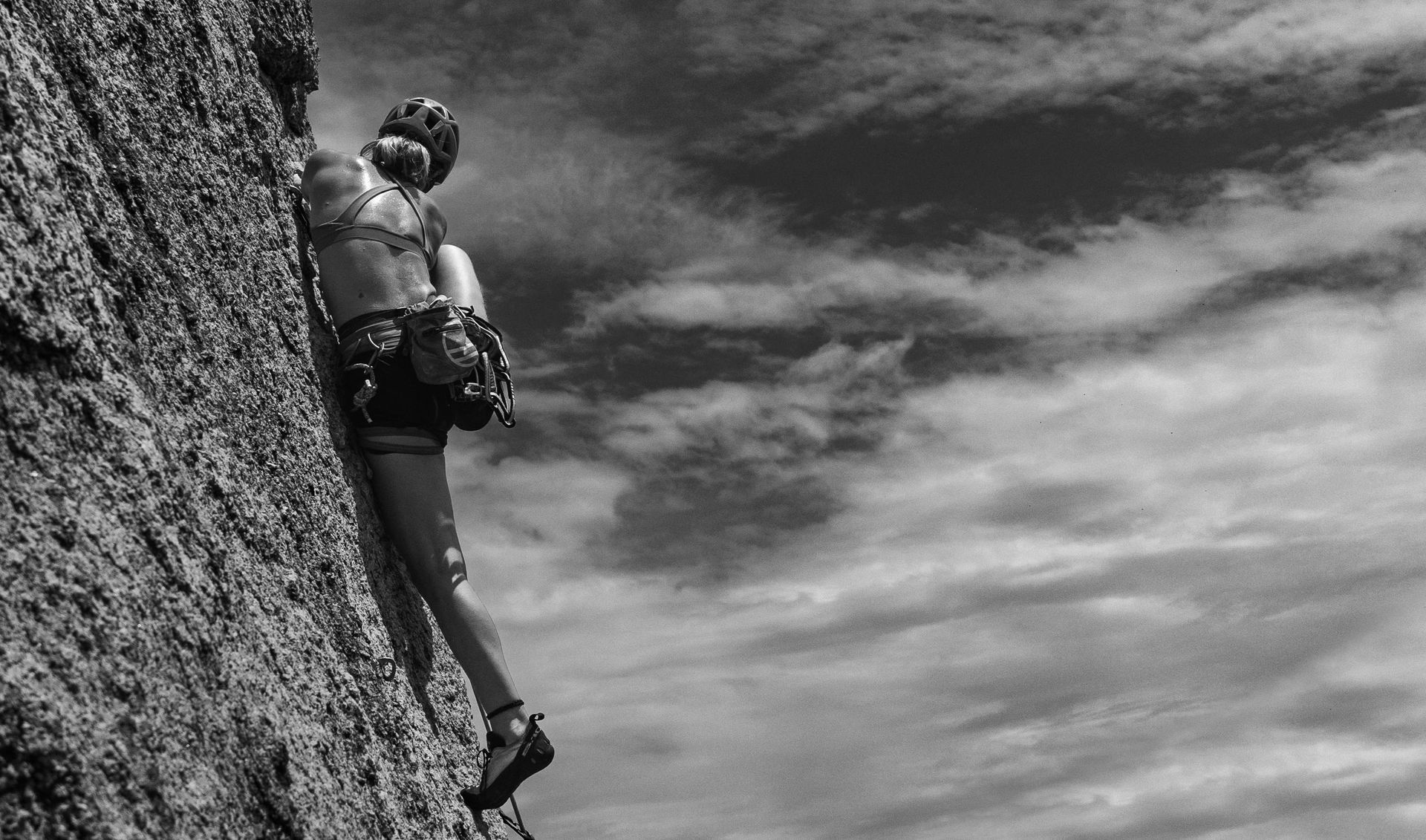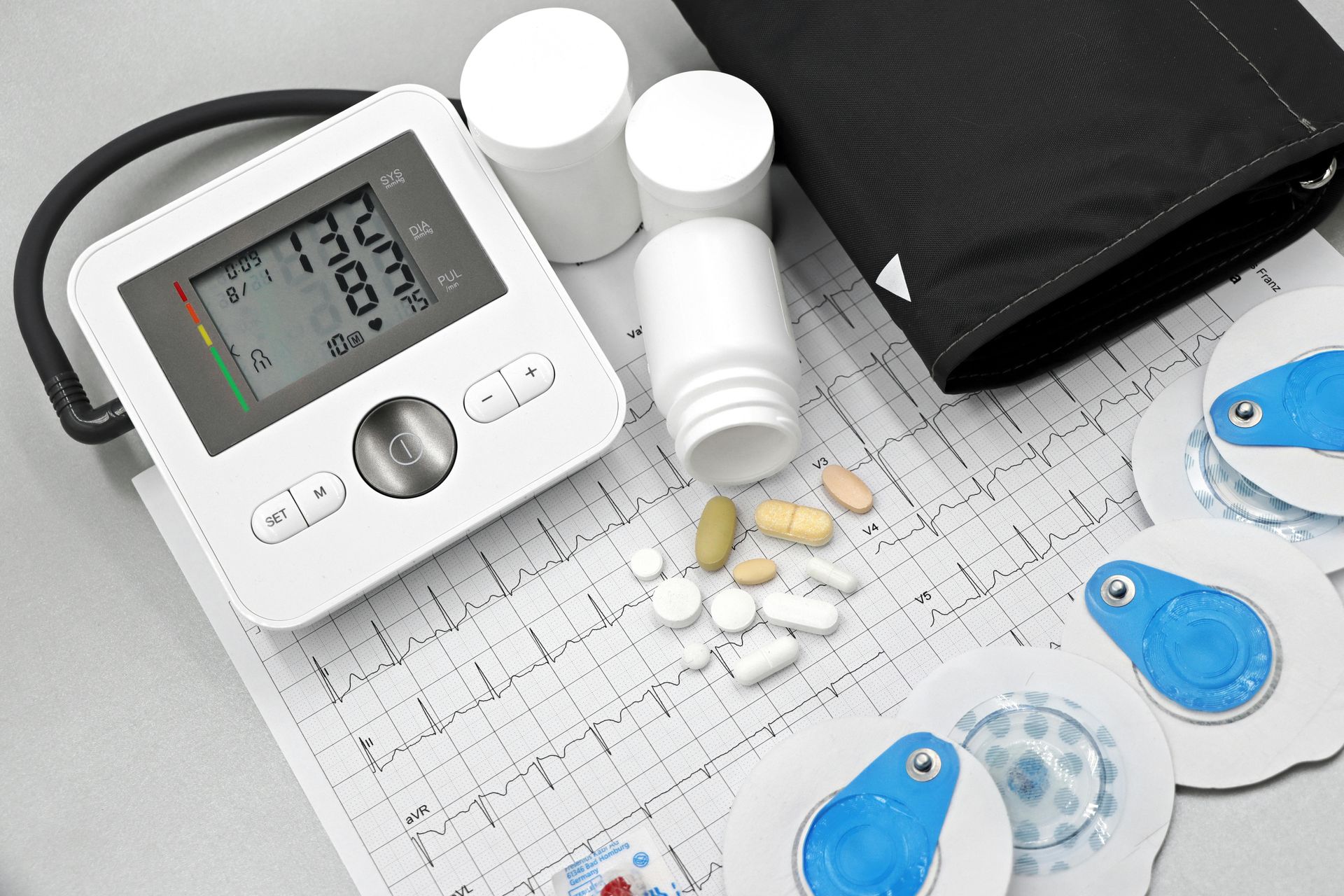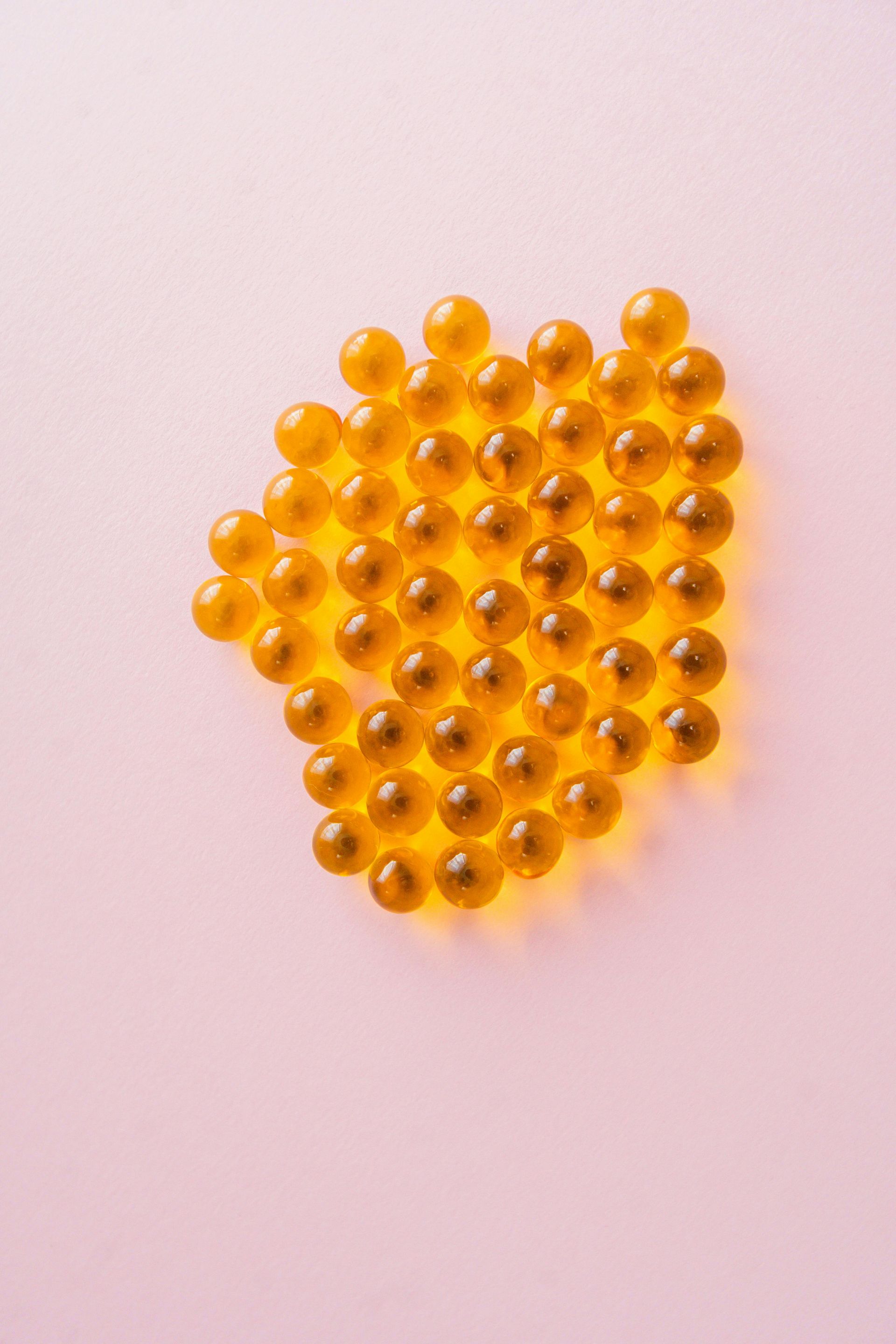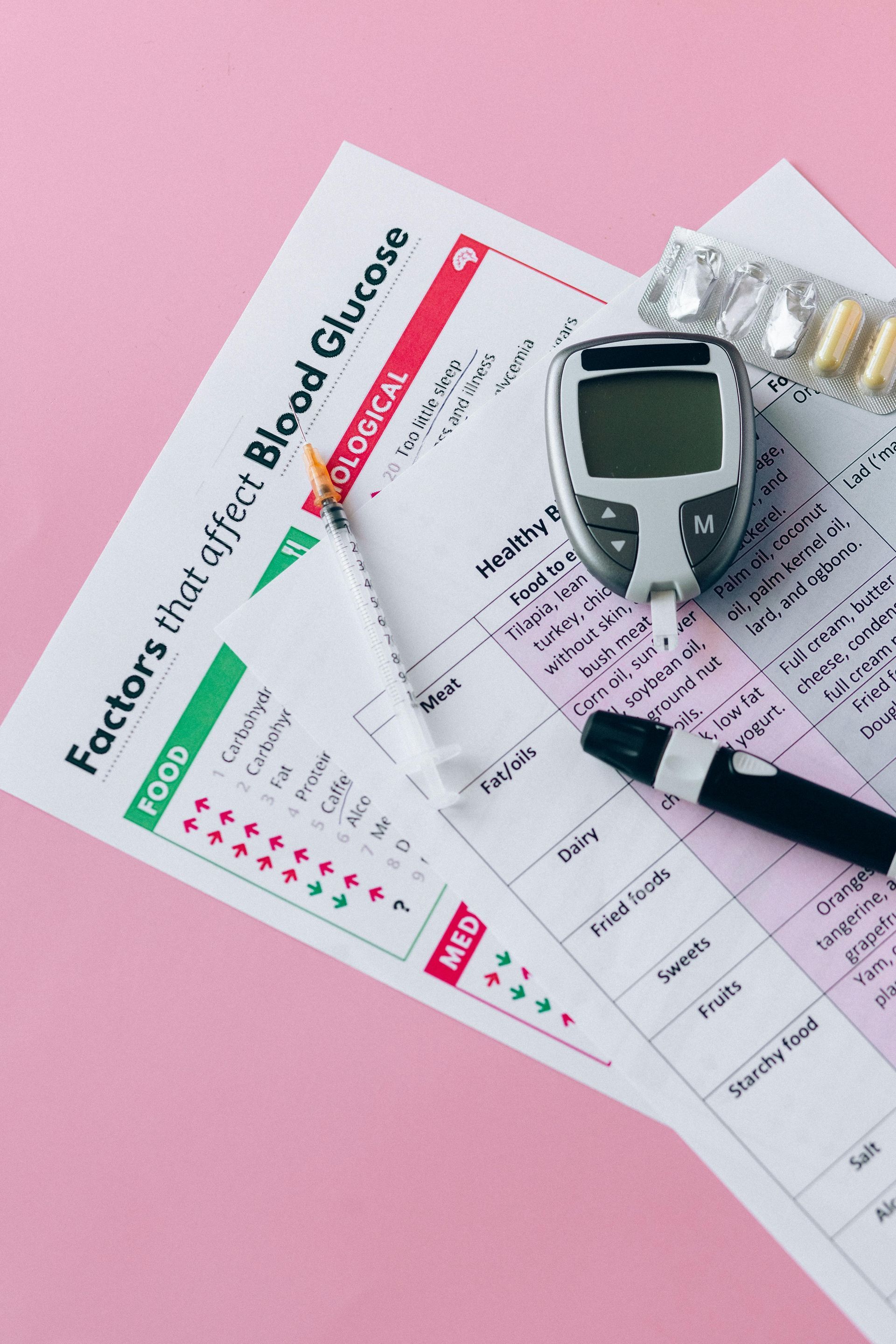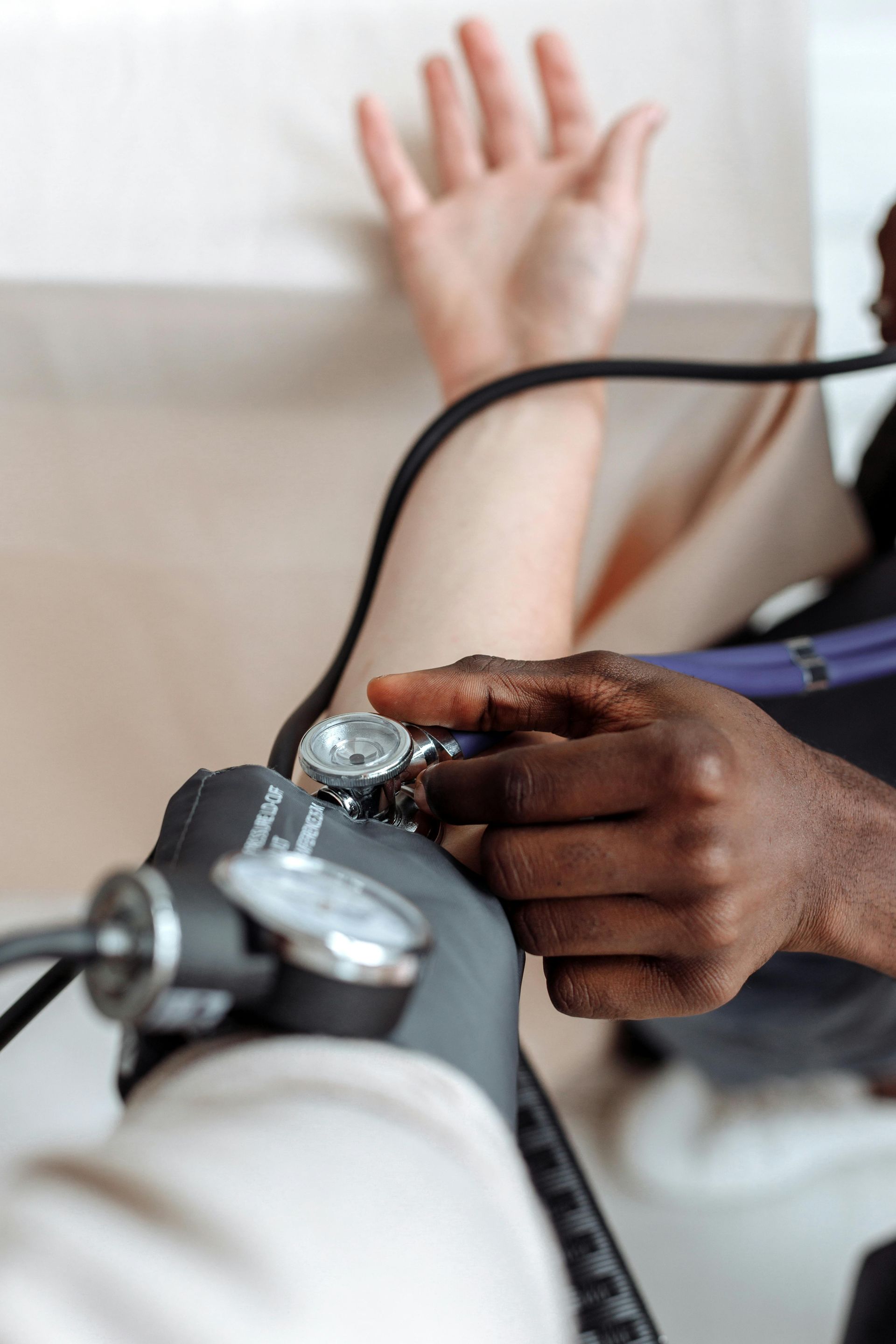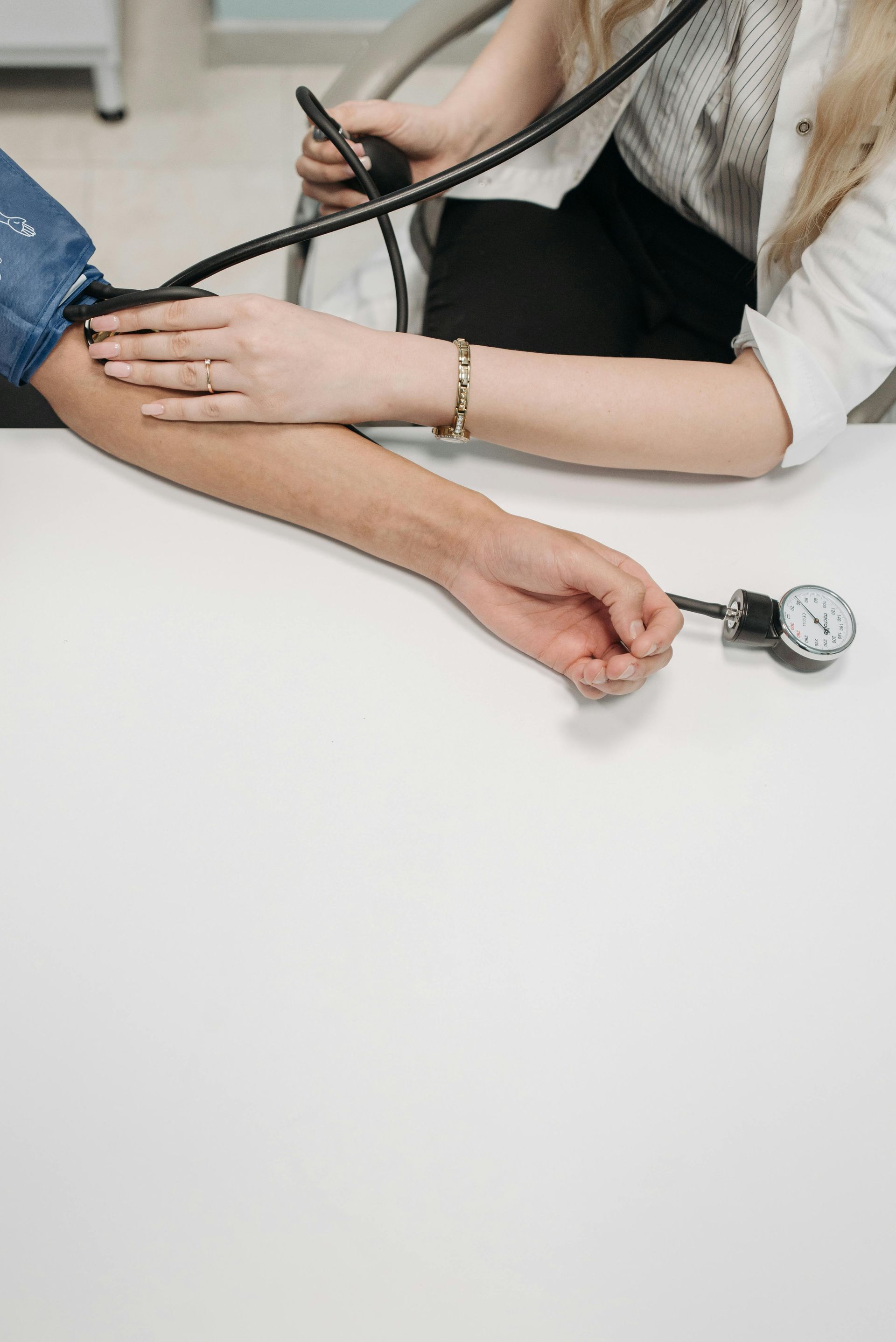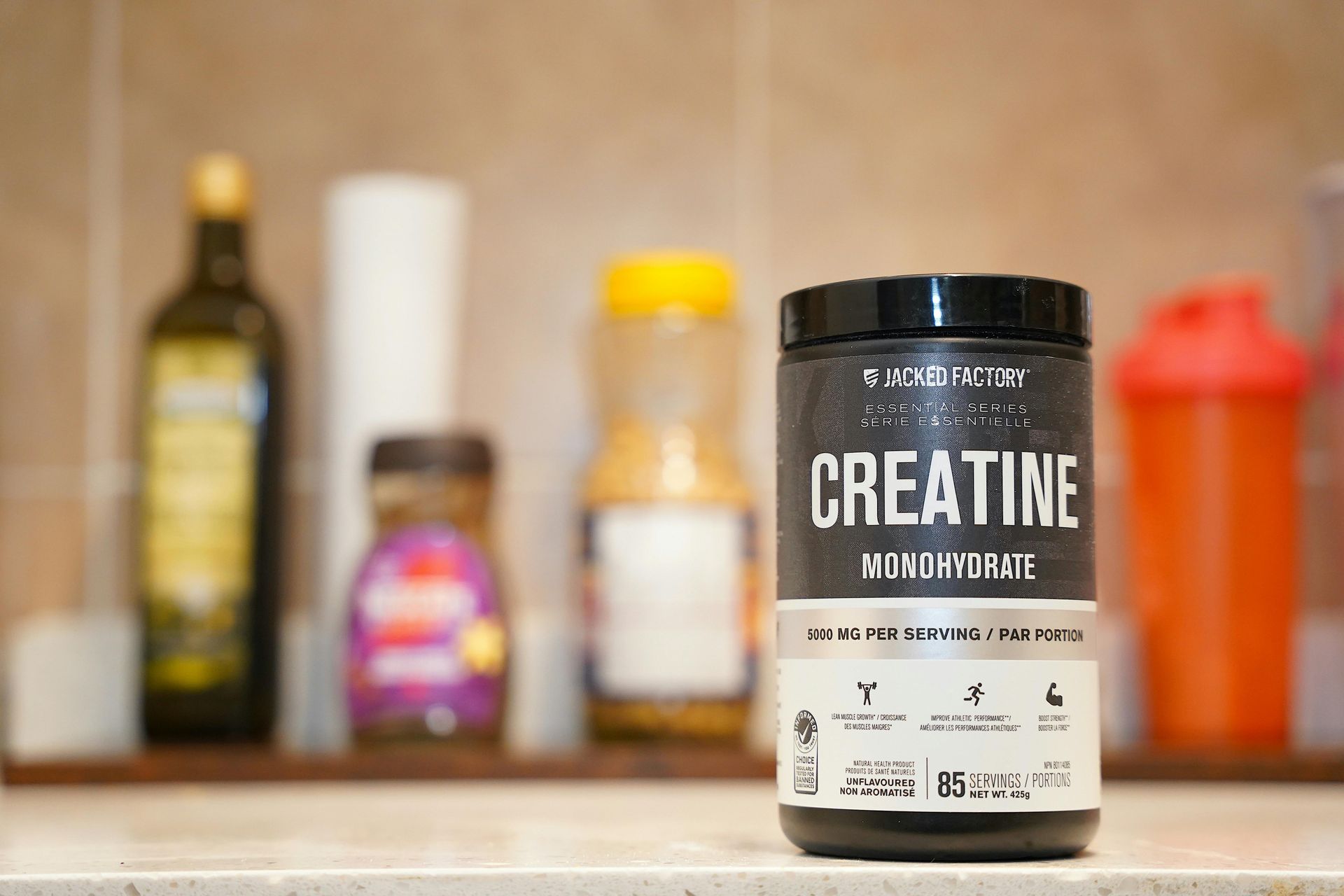Mohamad-Ali Salloum is a Pharmacist and science writer. He loves simplifying science to the general public and healthcare students through words and illustrations. When he's not working, you can usually find him in the gym, reading a book, or learning a new skill.
5 Trusted Websites for Medical Professionals
Share
Internet nowadays is the primary reference for health care professionals. As pharmacists (or physicians), you must get your information correct (since of course no one wants to get sued :D).
In this article, I will list 5 trusted websites that can be used by medical professionals as resources for their information.
DISCLAIMER
You can use these as references, however, during clinical practice, it is better to follow the local regulation guidelines, as all these websites state that the content is only for informational purposes and not intended to take the place of professional medical advice, diagnosis, or treatment.
The below-mentioned websites look alike, however, I will spotlight some of their special features.
1) Medscape:
For me, the number 1 to-go website is Medscape. This is because of several things that make me want to check it first.
First of all, it is easy to navigate. For first-time users, you will directly feel like you are in control and that you know where to search for your required information.
Second, It has an application. The best part is that you can download the data while using the internet and then you will be able to use the application offline whenever you need it. This is important, especially during work where sometimes you don’t have a good connection and thus you will need a fast-response source of information.
Third, Medscape offers a lot of educational content. They have an academy that provides special courses about specific diseases which are formulated in a way that will make you understand the topics well. They also offer Continuing Medical Education (CME) credits where it is accredited and a podcast.
Last but not least, it offers tools that will aid you in your clinical practice. Some of the tools are:
- Drug interactions: you add up the combination of drugs and the app will provide you with the assessments.
- Pill identifier where you can take a picture of the pill and Medscape will help you identify the pill.
- Medical Calculators: Mostly used by clinicians that have to calculate doses daily.
- Consultation platform: it offers a space for your to ask, share, and discuss patient cases.
2) Medical News Today:
This website is similar to Medscape.
When I think about this website, the first thing that pops up in my mind is its newsletter. I always open my emails and first check their articles that are well-written with attractive titles.
I recommend subscribing to their newsletter.
It also has a bank of drugs explaining each of them.
They have an original series of well-written articles about medical myths, where they use expert insights and peer-reviewed research to check if medical information is fact or myth.
Same series regarding nutrition-related topics.
Also, they provide a series called “through my eyes”, where people share how a particular medical condition has affected their life. It
Unfortunately, they don’t have an application yet.
3) Drugs.com:
This website offers valid information about:
- Drugs leaflets.
- Pill identifiers.
- Interaction Checker
- News and Alerts
- It has an app
They also have a well-organized library of detailed and accurate information provided on over 24,000 prescription and over-the-counter medicines for both consumers and healthcare professionals.
It states that it actually uses information from Mayo Clinic.
4) Mayo Clinic:
Mayo Clinic is a whole organization that has a lot of features and some of which are:
For International patients:
- Request an appointment
- Financial services
- Find international offices.
For Medical professionals:
- Find a doctor.
- Refer a patient
- View clinical trials
For Students:
- View Degree programs
- View admissions and requirements
For researchers:
- Find an expert in a research area
For Job Seekers:
- View open positions
Many more features are also present. You can check on their website.
5) DrugBank Online:
This website is a unique bioinformatics and cheminformatics resource owned by the University that combines detailed drug data with comprehensive drug target information.
It will provide you with a lot of details about the medications that you can’t find them easily elsewhere.
It has a very catchy design and very useful information that can be utilized a lot in research.
As a summary:
| Website Name | Link |
|---|---|
| Medscape | https://www.medscape.com/pharmacists |
| Medical News Today | https://www.medicalnewstoday.com/ |
| Drugs.com | https://www.drugs.com/ |
| Mayo Clinic | Mayoclinic.org |
| DrugBank | https://go.drugbank.com/ |
You can also watch the video below about the discussed topic: (Video is in Arabic Language)
List of Services
ABOUT THE AUTHOR
Mohamad-Ali Salloum, PharmD
Share
Recent articles:





